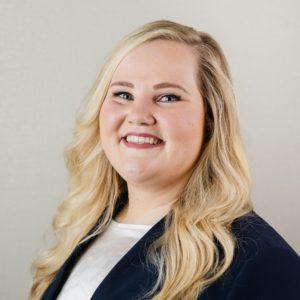Meet the CCRI stakeholders: TREASoURcE (CCRI Project)
Published on 05.02.2024
For this month’s CCRI stakeholder interview, we chatted to Anna Tenhunen-Lunkka, coordinator of the TREASoUrCE project. TREASoUrCE is a CCRI Project that has set out to innovatively circulate plastic and biobased side and waste streams that are currently incinerated, exported, landfilled or dumped, by deploying circular systemic solutions.
In this interview, Anna tells us why the project is participating in the CCRI and what experience it is bringing to the CCRI community, including through an upcoming handbook that will share its findings.

What potential do you see in the CCRI and what do you hope to achieve by participating?
I see two key important aspects in the CCRI and its community. The first one is making the circular economy a reality locally and regionally instead of only talking about it on a higher and visionary level. The second one is that the CCRI makes it possible to catalyse the positive effects of circularity. The different CCRI Projects, Fellows and Pilots already have a lot of solutions ready, and a lot is being developed and shared openly. The CCRI brings together the right people combining the will and the way. I coordinate the CCRI Project TREASoURcE and I hope our consortium and project can be efficiently part of this.
What circular economy experience – including technical, economic and legal expertise – can you bring to the CCRI community?
Our TREASoURcE project is focusing on advancing the circularity of three key value chains (plastics, bio-based side and waste streams, and batteries) with a multi-disciplinary consortium and workplan. Our circular systemic solutions combine technical development and stakeholder engagement demonstrations. We bring our methodologies, lessons learnt (dos and don’ts) and results as openly as possible, for others to take up and replicate across the EU. We collect these findings in our Replication Handbook, which will be launched soon and then continuously updated during the project. Make sure to follow our project to be among the first to hear of our developments and results!
In what ways can you support investments at local and regional scale across Europe in the circular economy?
We will also evaluate our solutions based on their sustainability and feasibility. The findings can help support planning investments and gain confidence in assessing the sustainability and feasibility of circular solutions, which is a key part of making investment decisions.

including bio-based economy
CEAP2 key product value chain
e.g. chemicals, textile, ceramics, glass, cement, steel, bio-based industries
e.g. B2B services
e.g. households, aware consumers, representatives of influential groups, trainers and educators



